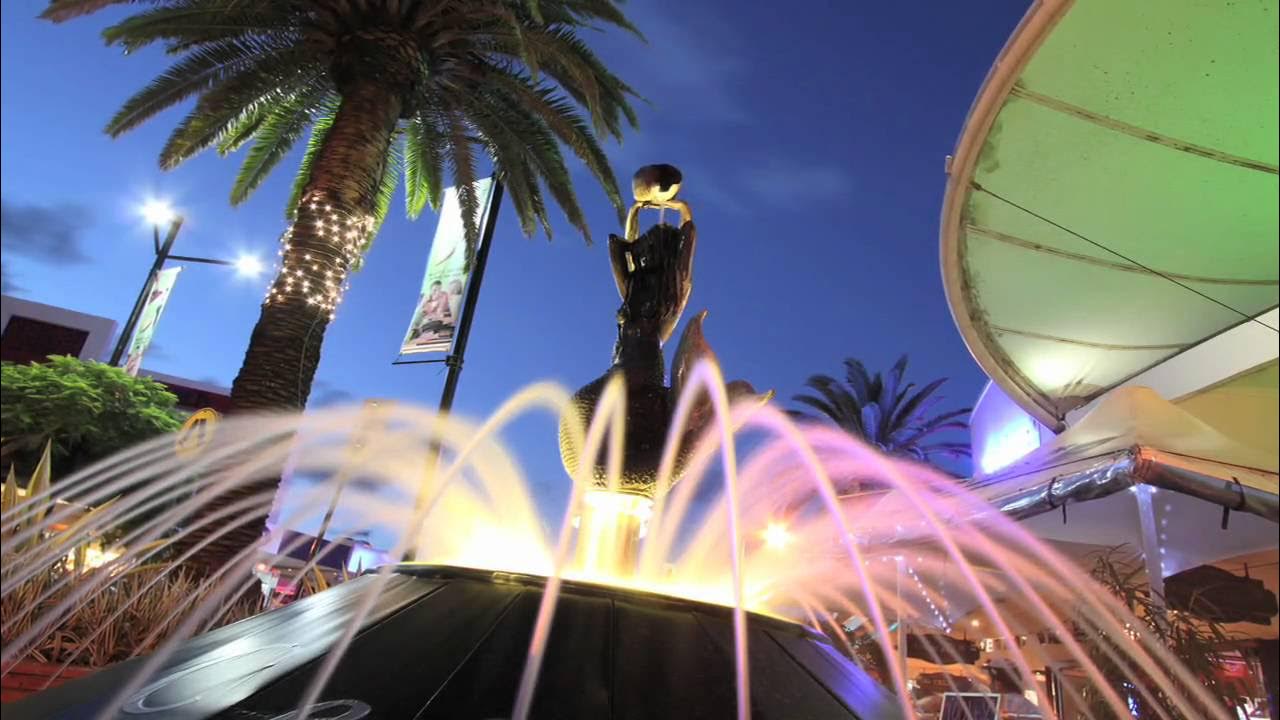Sunny 16 – Shooting a roll of b&w film sans light meter!
Summary
TLDRIn this video, Thomas explains the Sunny 16 rule, a photography method for determining exposure without a light meter. The rule suggests setting the shutter speed to match the film's ISO (e.g., 1/100 sec for ISO 100) and adjusting the aperture based on the lighting conditions. On a sunny day, use f/16, with smaller apertures for cloudy conditions or shadows. While this method isn't hyper-accurate, it's especially effective for black-and-white or negative film due to their exposure latitude. Thomas also shares insights into the rule's historical context and variations.
Takeaways
- 📸 Sunny 16 is a method for shooting photos without a light meter.
- ☀️ The rule is based on the available sunlight and involves adjusting shutter speed and aperture accordingly.
- ⏲️ Set your shutter speed to match your ISO (e.g., ISO 100 = 1/125s, ISO 200 = 1/200s).
- 🌞 On a bright sunny day, use f/16 aperture for proper exposure.
- 🌤️ For slightly overcast conditions, use f/11; for full overcast, f/8; and for dark cloudy days, f/5.6.
- 🌲 In shaded areas or dark shadows (like in a forest), use wider apertures like f/4 or even f/2.8.
- ⚙️ Adjusting depth of field allows you to tweak the aperture (e.g., f/2.8 for a shallow depth of field), but you should compensate by changing shutter speed.
- 📏 The rule is flexible and can be adjusted for different lighting conditions, such as sunny, overcast, or shadowy environments.
- 🎞️ Sunny 16 works best with negative or black-and-white film due to its high latitude, allowing for slight exposure errors.
- 🛠️ The rule dates back to times when light meters were uncommon, and most people used black-and-white film for cost reasons.
Q & A
What is the Sunny 16 rule?
-The Sunny 16 rule is a simple method for determining exposure without a light meter. It suggests that on a bright sunny day, set the aperture to f/16 and adjust the shutter speed to match the ISO of the film or sensor.
How do you adjust shutter speed according to ISO in the Sunny 16 rule?
-To adjust the shutter speed according to ISO in the Sunny 16 rule, match the shutter speed to the film’s ISO. For example, with ISO 100, use a shutter speed of 1/100 or 1/125, and for ISO 200, use 1/200 or 1/250.
What aperture settings should be used for different weather conditions?
-For bright sunny days, use f/16. If it's slightly overcast, use f/11. For completely overcast conditions, use f/8. On very dark or cloudy days, use f/5.6.
How does the Sunny 16 rule handle shadows?
-On a sunny day, if you are shooting in shaded areas, you may need to open the aperture to f/4 or lower, depending on how dark the shadow is.
Can the Sunny 16 rule be adjusted for depth of field?
-Yes, the Sunny 16 rule can be adjusted if you want to achieve a shallow depth of field. For example, if you want a shallower depth of field, you can open the aperture to f/2.8 and adjust the shutter speed to maintain the correct exposure.
How is the Sunny 16 rule applied indoors?
-Indoors or in darker environments, the Sunny 16 rule suggests using a wider aperture, such as f/4 or f/5.6, depending on the lighting conditions.
What does the phrase 'von elacht blender act' mean in relation to the Sunny 16 rule?
-In Germany, the Sunny 16 rule is known as 'von elacht blender act,' which translates to 'the sun is laughing, the sun is shining, so take f/8.' This variation reflects older films with lower ISOs, such as ISO 25, where f/8 was commonly used.
What is 'Overcast 5.6,' and where does it originate?
-'Overcast 5.6' is a variation of the Sunny 16 rule from Scotland, where it’s often overcast. In such weather, photographers would use f/5.6 instead of f/16.
How does the Sunny 16 rule perform with different types of film?
-The Sunny 16 rule works well with negative and black-and-white films due to their latitude, allowing some exposure leeway. However, for color slide film, which requires more precise exposure, the rule may not be as effective.
Why was the Sunny 16 rule created, and when was it most commonly used?
-The Sunny 16 rule was created during a time when cameras didn’t have built-in light meters, and it was commonly used from the 1930s to the 1950s. Photographers often used it with black-and-white film, which was cheaper and more forgiving with exposure.
Outlines

Esta sección está disponible solo para usuarios con suscripción. Por favor, mejora tu plan para acceder a esta parte.
Mejorar ahoraMindmap

Esta sección está disponible solo para usuarios con suscripción. Por favor, mejora tu plan para acceder a esta parte.
Mejorar ahoraKeywords

Esta sección está disponible solo para usuarios con suscripción. Por favor, mejora tu plan para acceder a esta parte.
Mejorar ahoraHighlights

Esta sección está disponible solo para usuarios con suscripción. Por favor, mejora tu plan para acceder a esta parte.
Mejorar ahoraTranscripts

Esta sección está disponible solo para usuarios con suscripción. Por favor, mejora tu plan para acceder a esta parte.
Mejorar ahoraVer Más Videos Relacionados

Canon EOS | Getting Started: Light Meter Tutorial

What is ISO in Photography? EXPLAINED in 5 MINUTES

Forget MANUAL MODE, PROS do it THIS way!

Camera Basics - Aperture

Dental Photography Basics - How to Take a Quality Dental Photo - Proper Exposure

Foto Panning Untuk Lomba, Tips Setting dan Penjelasannya | Vlog 28
5.0 / 5 (0 votes)
